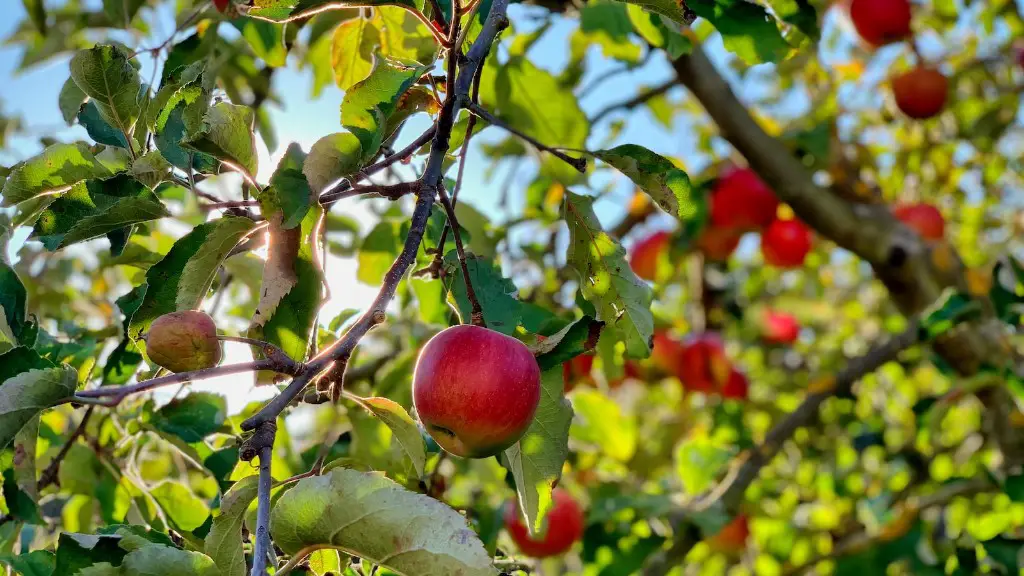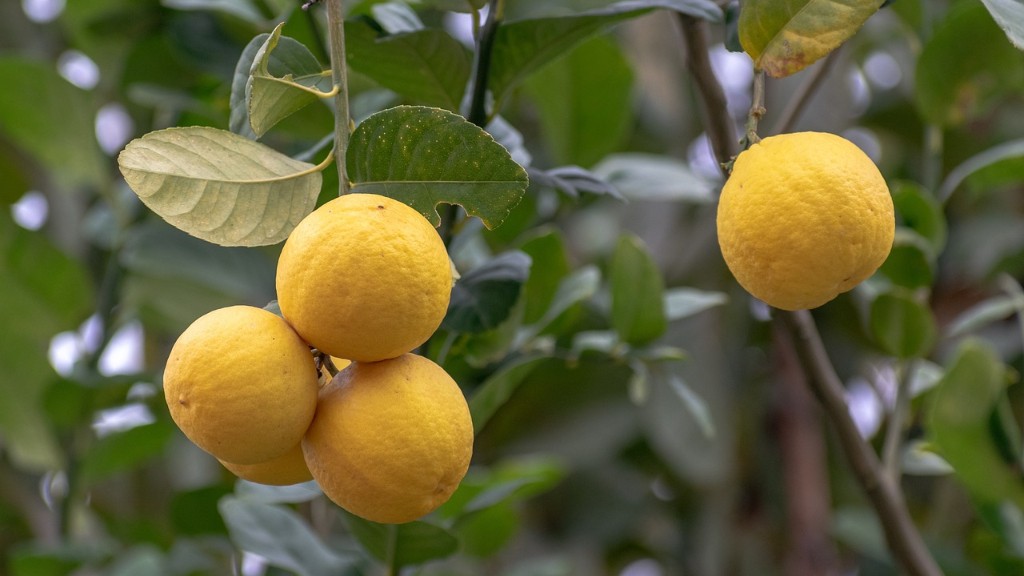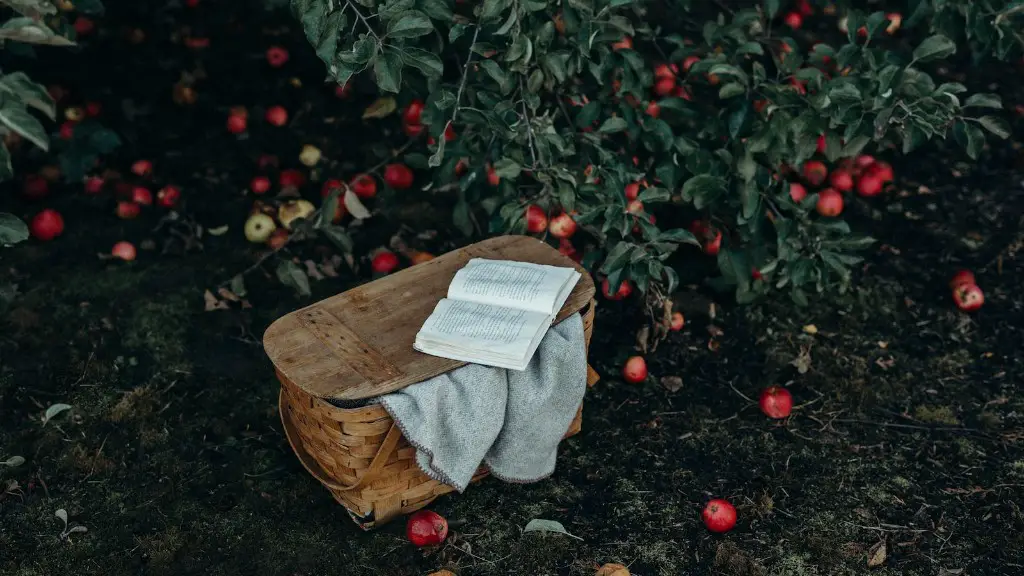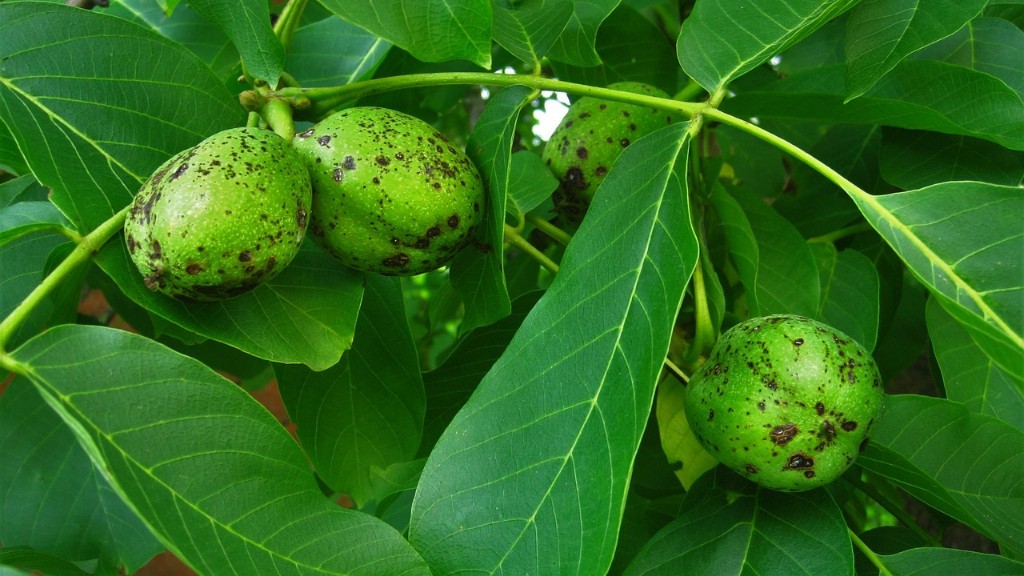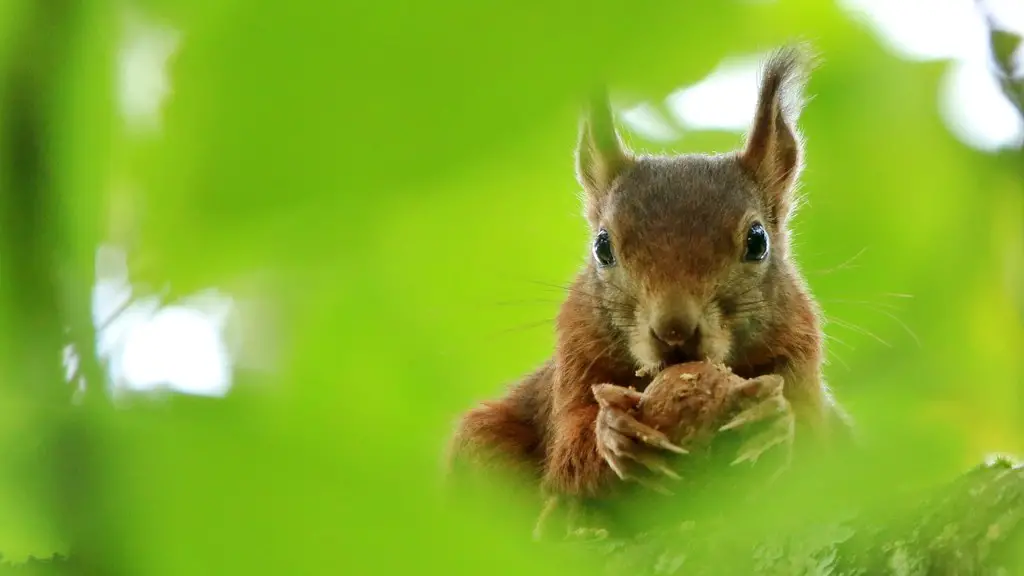How to seed an apple tree is an important part of getting your orchard up and running successfully. It may seem daunting, but with the right methods it can be straightforward and yield a successful harvest. Here is a guide on how to grow an apple tree from seed.
To get started, you’ll need some apple tree seeds. Although apple tree seeds are often available from nurseries and online, the healthiest and most vigorous will come from fully ripe apples from a farmer’s market or grocery store. Make sure to use fully ripe apples for the best seed quality.
Once you have your seeds, soak them in water for 24 hours. This will help to break down the thick, hard seed coat and make them easier to grow. After the soaked seeds have dried, you can sow them straight away in a pot that is filled with a good quality seed compost.
The pot should be placed in a warm, sunny location, and the seeds should be kept damp but not wet. As the seedlings begin to emerge, it may be necessary to thin them out to make sure the strongest plants receive adequate space and water.
Once the seedlings reach a height of around 7-10cm, they are ready to be transplanted outdoors. Choose a sunny, sheltered spot and ensure the soil is deep and well-draining. Carefully dig a hole the same depth and twice the width of the pot and slowly drop in the seedling.
Gently pack down the soil and water thoroughly. Mulch the base of the tree to stop the moisture evaporating and encircle the trunk with stakes for support. Keep the area around the tree weed-free.
Apple trees need plenty of sunlight, water, and nutrients to thrive and bear fruit. During the first three years of growth be sure to fertilise the tree regularly with a balanced fertiliser and ensure adequate water.
Pruning and Training Young Apple Trees
Once the seedling has been transplanted, it needs training and pruning in order to promote a strong frame and healthy fruit production. This can begin straight away and will continue throughout the tree’s life.
When pruning, the aim is to develop a strong trunk and scaffold limbs capable of bearing fruit. To achieve this, the main scaffold branches should be chosen from opposite sides of the trunk and trained upwards at a 45 degree angle and spaced apart. Make sure to remove any branches that are close together, competing with each other or rubbing against each other.
It is also important to remove ‘suckers’ – shoots that form from the base of the tree or arise from fruit spurs. Removing them early helps to create a clear stem and prevents them from competing with the main scaffold branches.
Once the frame is in place, you may want to prune away any crowded or crossing branches, as well as any that are too long or weak. Shortening branches can also help to increase fruiting potential and light penetration into the centre of the tree. It is advisable to prune during autumn or winter, when the trees are dormant.
In summer, it may be necessary to reduce the amount of excessive foliage to ensure that the tree is getting adequate sunlight and to aid fruit ripening.
Pollination and Fruiting
Apple trees are self-fertile, which means that a single tree can be productive without needing another for cross-pollination. If you have the space, however, it is still beneficial to plant more than one variety for increased yield and better quality fruits.
When the tree reaches flowering age, this is the ideal time for pollination. Bees are the main pollinators and a single hive should be enough to pollinate several trees. If a hive cannot be provided, you can use a hand-held pollinator to help distribute the pollen.
Once pollinated, the flowers should begin to form small fruits around a month later. If the weather has been particularly dry, it can be necessary to give the tree an occasional deep soak over this period to ensure the best fruit production.
With the right care and attention, your apple tree should soon be producing delicious, fresh apples. Enjoy your harvest, and repeat the same process again to continue to expand your apple orchard.
Harvesting and Storing Apples
Once the apples are ripe, they can be harvested. The ideal time is usually from late summer until early autumn, when the skin has a healthy green or yellow colour. Carefully twist each apple from the tree and place gently in a basket.
Once the apples have been gathered, they need to be stored properly to avoid them going off too quickly. The best option is to keep them in a cool, ventilated area such as a shed or shed-like structure. Avoid placing them in plastic bags, as this will cause them to sweat and may affect their taste.
If the apples need to be kept for longer than a few weeks, storing them in the refrigerator is a good option. Apples will stay crisp and juicy for several months when stored at a temperature of around 4 degrees Celsius.
You can also store apple slices in the freezer or dry them for long-term storage. To do so, slice the apples thinly and spread them out on a baking sheet and bake slowly in an oven at 80 degrees Celsius for two to three hours. Monitor them regularly to ensure they are not burning. Once they are dried, store in an air-tight container.
Common Problems Faced By Apple Trees
Although this guide provides a good overview for getting your apple tree off to a great start, it is important to be aware of any common apple tree problems you may face along the way.
One common issue is pests and diseases, which can cause damage to fruits, leaves, and stems. These can be caused by a variety of factors including weather, soil conditions, and bad pruning practices.
To prevent pests and disease, it is important to practice good garden hygiene, including regularly clearing away fallen leaves and branches, keeping the area weed-free, and ensuring plants get adequate sunlight and water.
Fungal diseases such as apple scab, powdery mildew, and sooty blotch can also impact apple trees. To prevent this, avoid working with wet foliage, ensure adequate ventilation, and prune and train trees properly, removing crossing branches and overcrowded areas.
It is also important to research the particular apple variety that you have planted to ensure it is compatible with your climate and soil type. A tree suited to your climate and soil will yield much better results than one that is not.
Caring for Mature Apple Trees
Once an apple tree reaches maturity, it will require less hands-on care but still needs to be monitored and maintained. Routine pruning and thinning should continue to ensure the tree maintains a healthy shape and structure while providing ample room for light penetration, airflow, and fruiting.
Fertilization should be reduced, as too much fertiliser can lead to poor fruit quality, leaf scorch, and potential plant pests and diseases. If fertilization is required, use a balanced, slow-release product which will be less damaging to the tree.
It is important to water apple trees once a week during dry spells, especially during the summer months when it is hot. If rainfall is low, trees will benefit from a deep soak once a month to ensure the roots have a good supply of water.
Finally, it is a good idea to regularly inspect the tree for signs of disease or pests. If an insect infestation or plant disease is spotted, be sure to act quickly in order to reduce the severity and spread of the problem.
Harvesting and Enjoying the Fruits Of Your Labour
Watching your apple trees mature and bearing fruit is a satisfying experience, so make sure to take the time to appreciate your efforts.
When the apples are ripe, harvest them carefully and enjoy them as soon as possible. Eating fresh apples is one of life’s simple pleasures, but there are also endless ways to incorporate them into your daily diet.
Apples can be used in salads, smoothies, juices, desserts, jams and preserves, or simply enjoyed baked or stewed. Apples can also be dried and stored for later use.
If you end up with a surplus of apples, sharing them with friends and family is a great way to spread the bounty. With time and patience, an apple tree will provide you with years of pleasure and delicious homegrown fruit.
